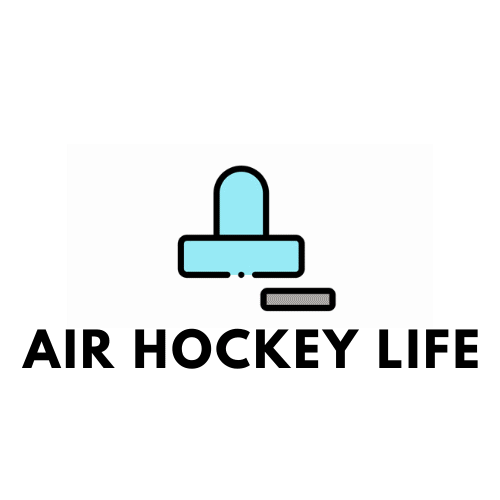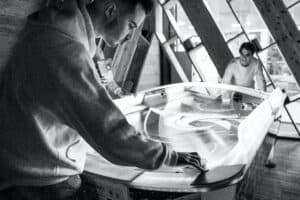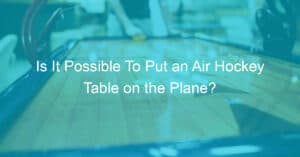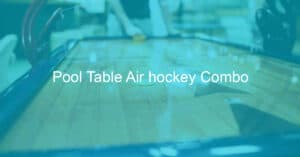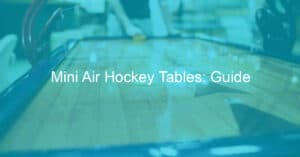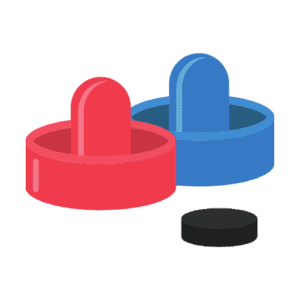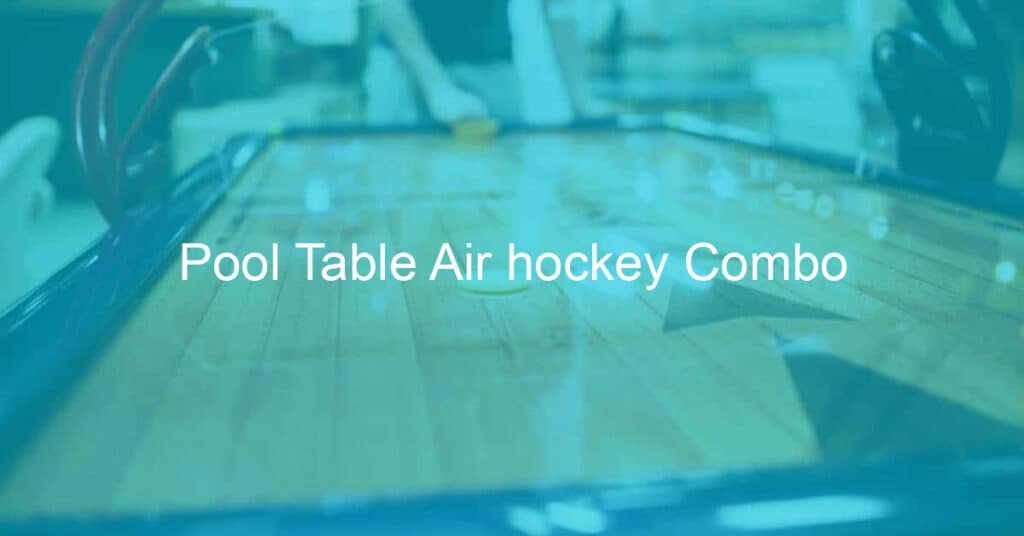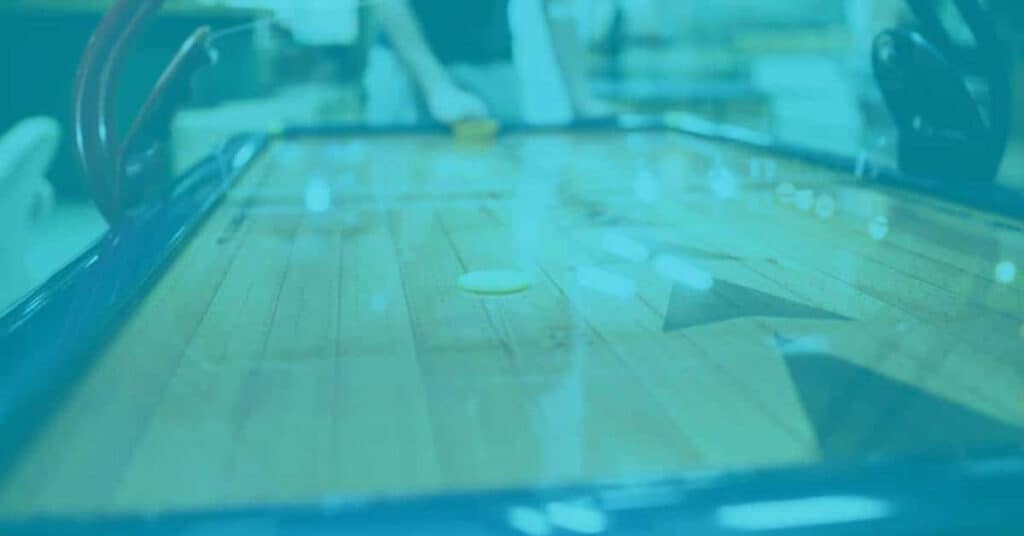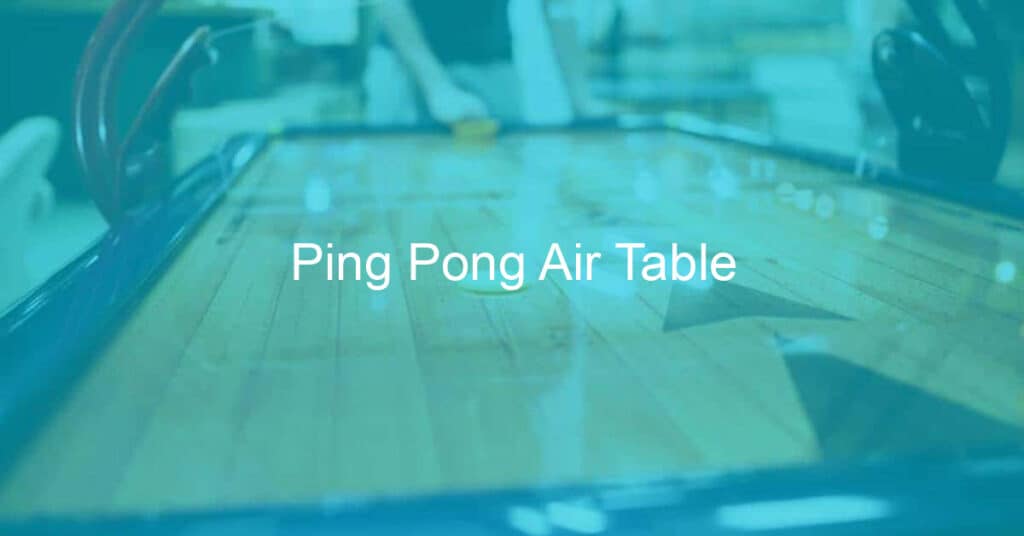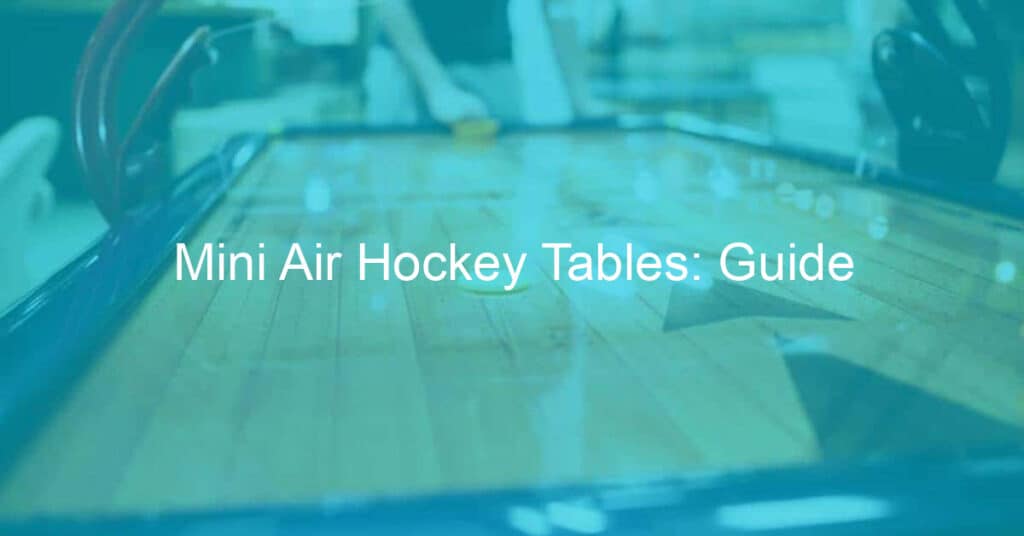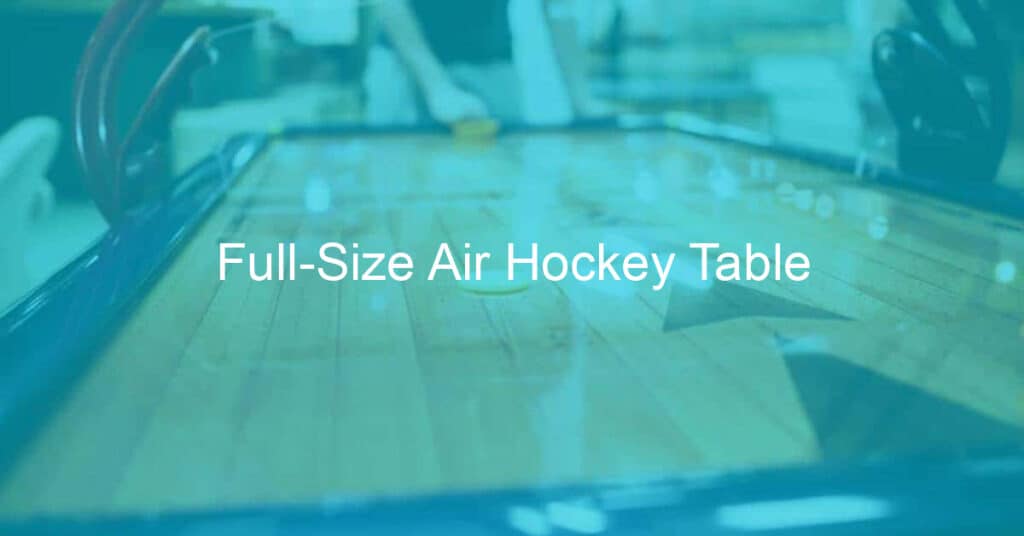Are you an air hockey enthusiast? Have you ever wanted to understand the science behind the sport when playing against your opponents? There’s a physical law that governs many of our favorite sports – Newton’s 3rd Law.
From soccer and basketball to badminton and ice skating, this influential law applies in various ways to each individual game. But have you ever wondered how it manifests itself while playing air hockey as well?
With its high-speed pucks and back-and-forth dynamics, understanding Newton’s third law can give a player or beginner insight into their strategy when competing on the tabletop! In this blog post, we’ll discuss further why Newton’s 3rd Law is relevant for those looking to play better air hockey.
How do Newton’s laws apply to air hockey?
When it comes to air hockey, Newton’s laws of motion play a crucial role in understanding the game. The first law states that an object at rest will remain at rest, and an object in motion will stay in motion with a constant velocity unless acted upon by an external force.
In air hockey, the puck will continue to glide across the table in a straight line until it is hit by a mallet or experiences friction against the surface. The second law explains that the acceleration of an object depends on the force applied to it and its mass.
In air hockey, the faster the mallet is pushed, the more force it exerts on the puck, causing it to move faster. Finally, the third law states that for every action, there is an equal and opposite reaction.
When the mallet hits the puck, the puck pushes back on the mallet with the same amount of force, creating a back-and-forth motion that characterizes the game. Understanding these laws of motion can not only make you a better air hockey player but also a better physicist!
What is the motion of an air hockey player an example of?
When we watch an air hockey player elegantly glide across the table, we are actually witnessing a classic example of physics in action. The motion of an air hockey player is a prime illustration of Newton’s Laws of Motion, particularly the First and Third laws.
The first law, also known as the law of inertia, tells us that an object in motion will continue in motion at a constant velocity unless acted upon by a force. In the case of air hockey players, the force that keeps them in motion is the air cushion created by the table, which reduces friction and allows them to glide effortlessly.
The third law, on the other hand, states that for every action, there is an equal and opposite reaction. This means that as the player pushes off against one end of the table, they experience an equal force pushing back in the opposite direction.
It’s fascinating to think that something as seemingly simple as a game of air hockey can provide such a clear and captivating example of the underlying principles of physics.
What examples of inertia can be observed during a game of air hockey?
When playing air hockey, one can observe several examples of inertia. Inertia is the tendency of an object to resist a change in its motion. The puck, for example, will stay in motion until acted upon by an outside force due to its inertia.
The paddle of the player also demonstrates inertia as it tries to stay in motion once it has been moved. Additionally, if the puck collides with a wall, it will bounce back due to its inertia.
Overall, air hockey is a game that perfectly exemplifies several laws of physics, including the concept of inertia.
How Newton’s 3rd law of motion is related to air hockey?
In the thrilling and fast-paced game of air hockey, you may not think about the science behind the sport. However, Newton’s 3rd law of motion plays a crucial role in the game.
This law states that for every action, there is an equal and opposite reaction. In air hockey, the player hits the puck with a mallet, and the puck travels back in the opposite direction due to the force applied.
The rebound effect occurs because the force from the player’s mallet is transferred to the puck, causing it to move rapidly. The law of motion is also seen in collisions between players’ mallets, resulting in the exchange of energy and the motion of the puck.
Without Newton’s 3rd law of motion, air hockey would be a completely different game.
Can you use Newton’s Third Law to improve your play in air hockey?
Air hockey is a fast-paced, exciting game that requires quick reflexes and strategic thinking. But did you know that Newton’s Third Law can actually help you become a better air hockey player?
By understanding that every action has an equal and opposite reaction, you can anticipate your opponent’s moves and adjust your own accordingly. For example, if your opponent consistently hits the puck to one side, you can use their force against them by positioning yourself on that side to easily intercept the puck.
By applying the principles of physics to your gameplay, you can take your air hockey skills to the next level and dominate on the table.
Conclusion
Newton’s Third Law of Motion is an important law of physics that certainly comes into play when playing air hockey. This law states that for every action, there is an equal and opposite reaction.
This means that when someone hits the puck on the air hockey table it will move in the opposite direction due to the friction made against the surface of the table. The same goes for when a player uses their paddle.
We saw this concept in action the other day when our friends were playing air hockey – pushes in either direction would immediately be met with an opposing movement from another player or from the puck itself! By understanding this law more deeply we can improve our game strategies and become better players of air hockey.
However, it also shows us how powerful physics can be in everyday life, from small activities like playing a simple game to setting complex machines into motion. Overall, Newton’s Third Law of Motion demonstrates just how much impact one tiny law can have!
